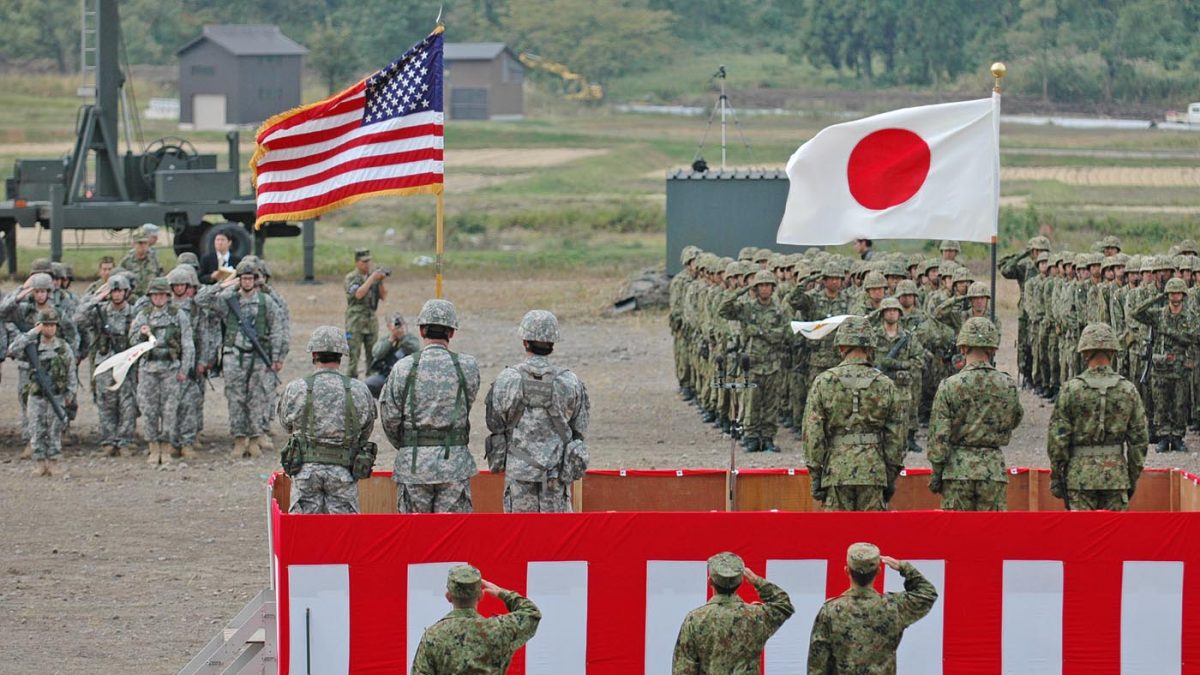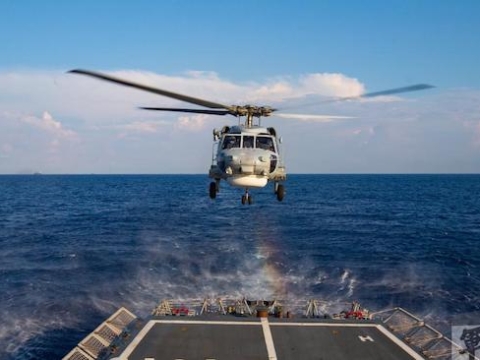Securing U.S. Interests and Values in the Asia-Pacific
June 4, 2013Managing Expectations in the U.S.-Japan Alliance: U.S. and Japanese Perspectives
July 6, 2013By: Sugio Takahashi |
The Japan-U.S. alliance has unique organizational characteristics compared to other major U.S. military alliances such as the North Atlantic Treaty Organization (NATO) and the U.S.-ROK (Republic of Korea) alliance. While these two alliances have a single integrated command and control (C2) structure for wartime coalition operation, the Japan-U.S. alliance lacks a permanent institution for combined operation. In the event of a military contingency, Japanese Self-Defense Force (SDF) and U.S. military forces must operate separately. In the absence of a C2 structure, the Guidelines for Japan-U.S. Defense Cooperation (hereafter “Defense Guidelinesâ€) in effect embody procedures for operational coordination for the Japan-U.S. alliance.
P2049_Takahashi_UpgradingU.S.JapanDef_06072013



